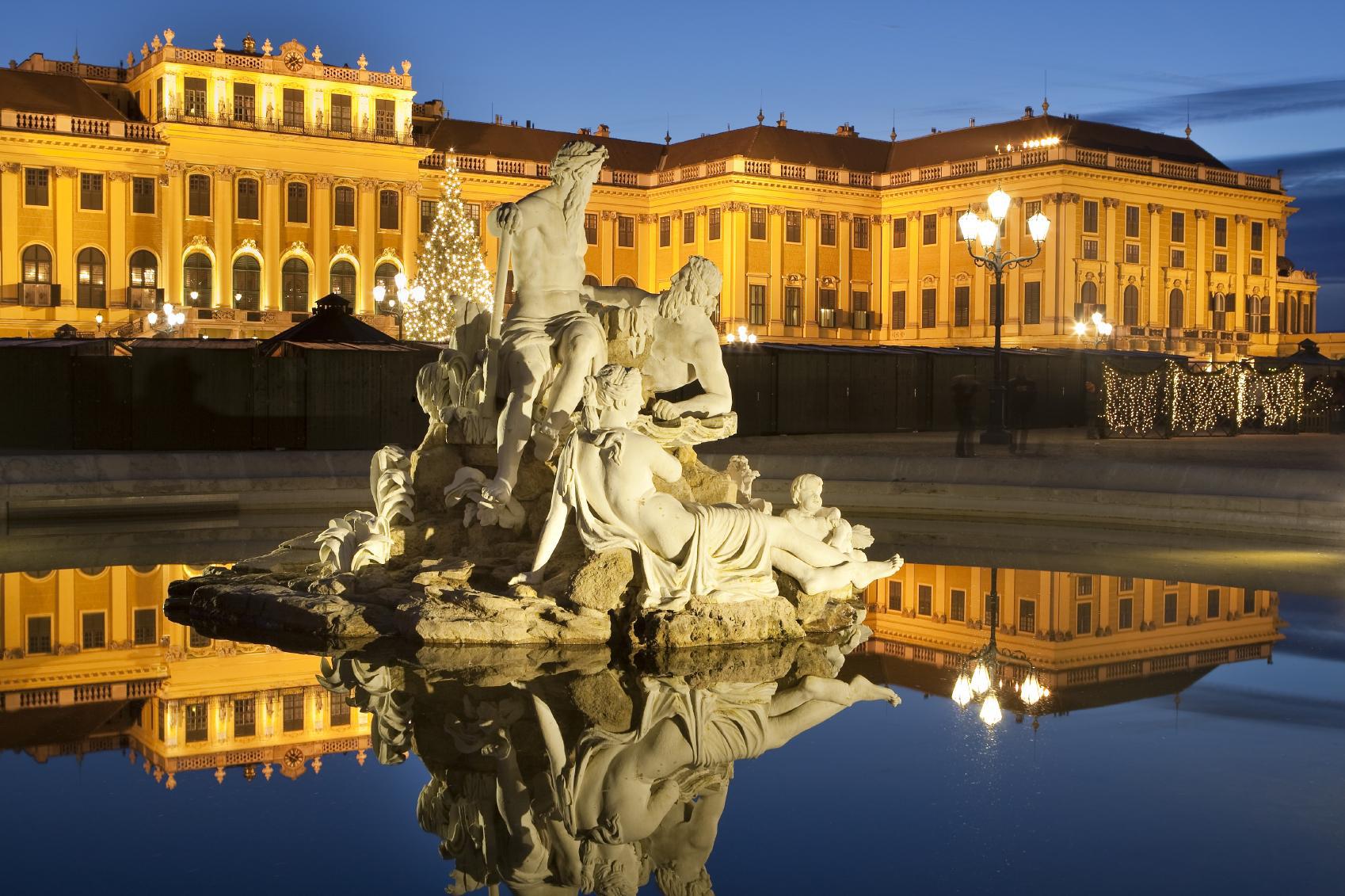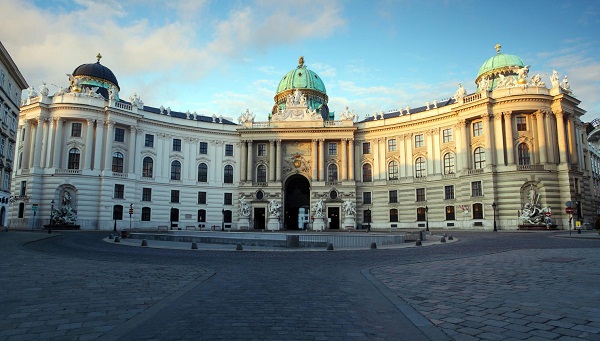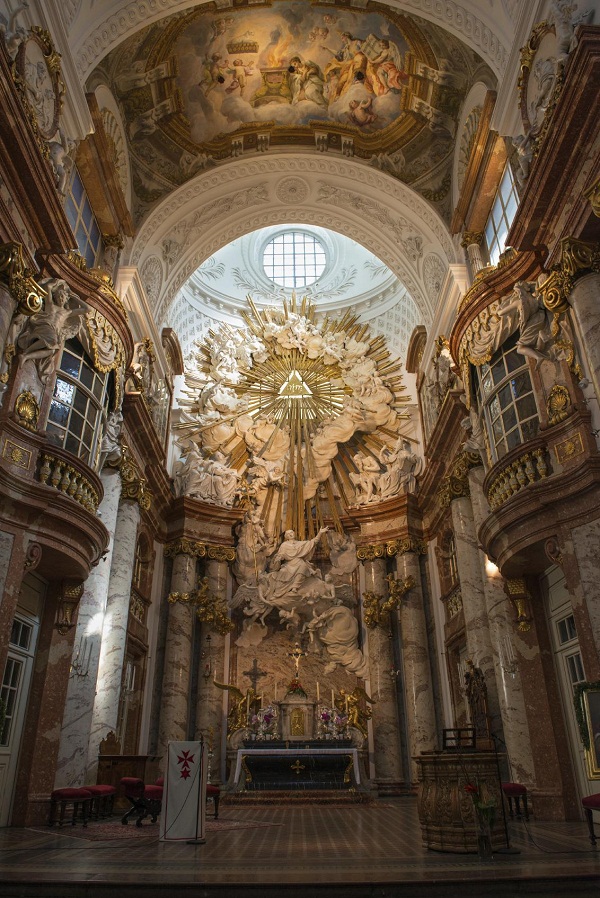One of Europe’s most striking cities and the former capital of the Austrian Empire, Vienna is a renowned center of arts, culture, science, and courtly etiquette. This is a city where history comes alive, and at these five attractions you’ll experience the best of Vienna’s illustrious heritage.
1. Schönbrunn Palace
The summer residence of the Habsburg emperors and empresses, Schönbrunn Palace is the embodiment of imperial grandeur. Originally built in the 17th century, the palace was subsequently remodeled and expanded by a line of rulers, allowing you to take a journey through history and see how tastes evolved over the centuries. Stroll through the rooms once occupied by the Austrian royals and European dignitaries and admire dazzling artworks, original period furniture, and decorations. The landscaped palace gardens, formerly the imperial hunting grounds, are an attraction in and of themselves, featuring lakes, fountains, sculptures, and a zoo that’s one of the oldest in the world.
2. Imperial Palace (Hofburg)
For a complete experience of imperial splendor, include a stop to the Imperial Palace (Hofburg) in your trip itinerary, the winter residence of the Habsburgs. Dating back to the 13th century, the palace complex not only housed the emperors, but was also the site of many historic events. A part of the palace is now used as the office of the Austrian president, while the rest gives you the chance to see the lavish royal chambers, the monarchs’ personal effects, the impressive silver collection, and many other artifacts that will transport you back through time.
3. St. Charles’ Church (Karlskirche)
Baroque architecture reached some of its highest achievements in Vienna, as St. Charles’ Church (Karlskirche) so clearly demonstrates. The imposing 18th-century cathedral is widely regarded as one of the city’s most impressive structures. Its exterior draws inspiration from antiquity, boasting two monumental columns modeled after Trajan’s Column in Rome and symbolizing imperial power. Inside the church you’ll enter a world of breathtaking religious paintings, mosaics, and frescoes. Visit the church on a sunny day and enjoy the light reflecting off the golden and marble surfaces.
4. Ringstrasse
Take a stroll down the Ringstrasse and immerse yourself in the urban atmosphere of imperial Vienna. Built in place of the old city walls, the celebrated boulevard is known as Vienna’s most scenic street. The length of it is lined with important and impressive structures, such as the Austrian parliament, the national opera, and Vienna University. There are also numerous parks, squares, shops, restaurants, and Viennese coffee houses, where you can take a break from sightseeing. As you walk the tree-lined promenade, bear in mind that you’re tracing the steps of Sigmund Freud, Gustav Klimt, Ludwig Wittgenstein, and many other famous Viennese.
5. Kapuziner Crypt (Kapuzinergruft)
There’s hardly a place in Vienna trip where you can get closer to the age of the Austrian Empire than at Kapuziner Crypt (Kapuzinergruft). The crypt beneath the Capuchin Church serves as the final resting place of numerous members of the Habsburg family, including a number of empresses and emperors, as well as many lesser-known members of the dynasty. Among others, you can see the sarcophagi of some the empire’s most important rulers, such as Maria Theresa and Franz Joseph I. The diversity of burial styles brilliantly reflects the ideas that guided the Empire over the centuries. Both touching and imposing, the crypt is definitely a place to include in Vienna vacation itinerary planner for any history enthusiast.
A Glorious Past and an Exciting Future
Once the seat of the powerful Habsburg Empire and now the capital of Austria, Vienna is a place where you can enjoy all the perks of a modern cosmopolitan city while surrounding yourself with impressive historical monuments. Touring the city’s palaces, museums, and scenic streets will not only make your vacation memorable, but it also will set before you a wealth of cultural heritage that few European cities can match.
By Nikola Mihaelj





